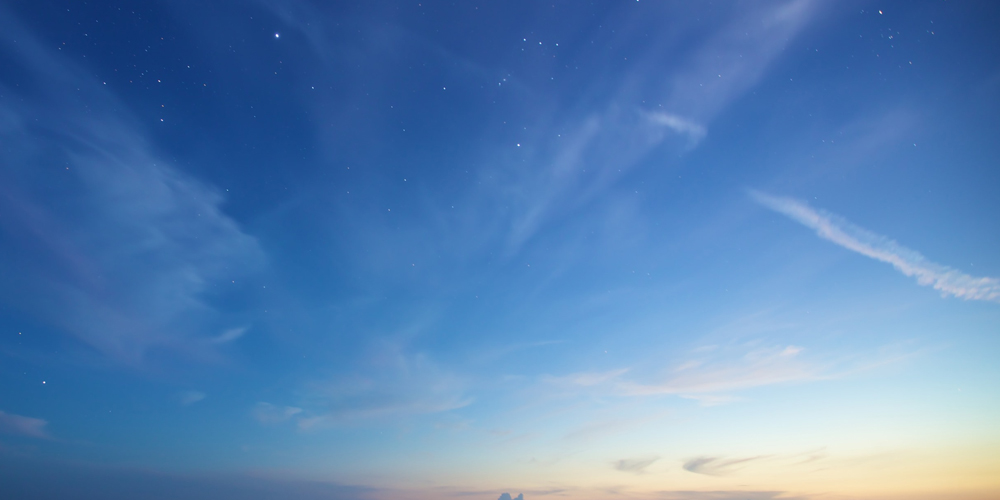
In Tashkent, the capital of Uzbekistan, despite all the modern appearance of the city, there are also various historical places, the age of which is measured in centuries, and some even millennia. The ensemble of Hazrat Imam was founded on the grave of an oriental scientist, poet, and expert on religion and was named in his honor. According to historians, he was buried on the territory of the Sebzar settlement, which is now part of Tashkent.
Now this entire area where the complex is located is named after Hazrat Imam. At the base of the ensemble stands the Barak Khan madrasah, which consisted of the Suyunijkhan mausoleum and the Nameless Mausoleum, united in the 5th-6th centuries. To this day, the Tilla Sheikh Mosque, built in the 19th century, exists and functions here, located opposite Barak Khan. There is also a very interesting library, which contains manuscripts from the East from different times. In the 16th century, a building was built over the burial place of the spiritual representative Muhammad abu Bekr Kaffal Shasha, which has survived to this day and is considered an architectural monument.
Rectangular in shape with a high dome on a conical cylinder, the walls are made of thin strong bricks and, remarkably, the inside of the walls contains a belt of majolica inscriptions. This is an extremely interesting wall decoration. The inscriptions contain information about construction, the name of the architect, and the date of construction of the mausoleum - 1541-1542. Later, a prayer room, namazgoh, was built, which is also included in the ensemble. Mirzaakhmed-Kushbegi, khan from Kokand, financed the construction. The building has a rectangular shape, like the neighboring mausoleum, only its roof is crowned with twelve domes. In the 70s, the Al-Bukhari Institute of Islam began to function within the walls of this building.
Later the old building was demolished and a new one was built. In addition, the complex includes a madrasah with the interesting name Mui-Muborak, which literally means “Golden Mustache of the Prophet.” It is here that the world-famous holy Koran of Caliph Osman is kept and protected. It is believed that this is one of the first copies of the Muslim holy book, from which censuses and duplicates were later made. This Koran dates back to the 7th century AD. It is written on deer skin.
Previously, there were only six such books in the whole world, but at the moment only four have survived. Two of them are in Uzbekistan: one in Mui Muborak, and the second in the Timurid Museum, also in Tashkent. In 2007, the building of the Hazrat Imam mosque was rebuilt. Architects built it in the spirit of the 16th century, but today the landmark has two minarets and blue domes. The mosque displays many works of wood carving masters, displayed under the iwan in the gallery. Various trees and vegetation were brought here from different parts of Asia, which now grows in the mosque building. Here you can see storks walking around the yard on warm days.
Tour operator Canaan Travel will become your personal guide around Tashkent, tell you the best places for recreation and leisure, and take care of all the worries so that all you can do is enjoy the enchanting beauty of the city!
